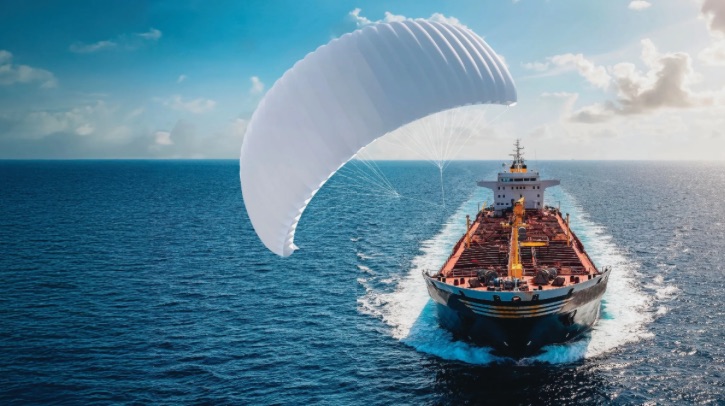
E&H Marine speaks to Bureau Veritas about the potential of wind propulsion technologies – and the challenges facing widespread implementation.
Recently published, a new report from Bureau Veritas details the important role that wind propulsion systems (WPS) look set to play in the decarbonization of the marine sector, highlighting the significant growth potential of the sector and detailing many of the various system solutions and their relative levels of maturity. But the report also points to several challenges currently affecting the maritime industry, how these may inhibit the adoption of WPS technologies, and what steps the various stakeholders need to take to move these solutions forward. E&H Marine catches up with Aude LeBlanc, technical leader for sustainable shipping at Bureau Veritas – and the author of the report – to discuss these issues in more detail.
Given it pre-dates all other forms of maritime propulsion, are you surprised wind power is yet to be considered on the level that its potential warrants – particularly given its suitability for efforts to decarbonize the marine industry?
It is not very surprising. The rise of fossil-fuel-powered engines led to a gradual shift away from traditional wind-powered ships. At the time, the environment was not a major preoccupation, and the availability of cheap, abundant fossil fuels made them the standard choice for maritime propulsion.
Today, the need to decarbonize industrial activities has shifted the landscape. However, the maritime industry can be quite risk-averse when it comes to adopting non-standard technologies. There is often a preference for maintaining the status quo.
This resistance to change will take time to overcome. The newly developed wind propulsion technologies must prove their worth and reassure the different industry stakeholders – shipowners, operators, regulators and financiers – before widespread adoption can occur. Establishing a track record of reliable performance, clear regulatory frameworks and viable business cases will be crucial in driving the broader acceptance of wind power in shipping.
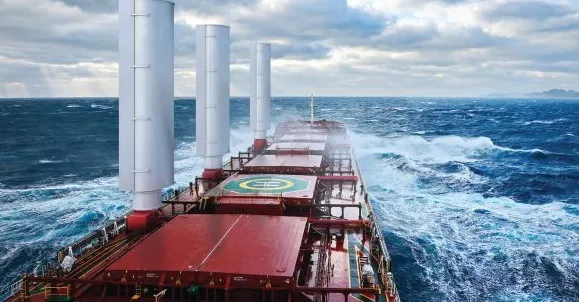
Are we already seeing the full range of WPS technologies, or do you believe there are further innovations which could still come to play a role?
There are already a wide variety of systems, but further innovations are expected. One area of potential innovation is the development of hybrid systems that integrate wind propulsion with other sustainable technologies, such as solar panels. By combining wind power with complementary clean energy sources, these hybrid systems have the potential to create more efficient and reliable propulsion and energy-generation solutions for ships.
Additionally, the role of wind propulsion could expand beyond just ship propulsion, exploring ways to leverage wind energy to generate onboard electricity or even produce hydrogen, further diversifying the applications and benefits of wind power in maritime transportation.
As IMO emissions targets creep closer, do you foresee these having a positive or negative impact on the uptake of WPS?
The IMO’s GHG strategy and associated regulations are creating strong incentives for shipowners to adopt technologies that can help them comply with these increasingly stringent requirements.
Wind propulsion systems are well positioned to capitalize on this trend, as they can contribute to improving a ship’s Energy Efficiency Design Index (EEDI), Energy Efficiency Existing Ship Index (EEXI) and Carbon Intensity Indicator (CII) ratings. This makes them an attractive option for shipowners looking to stay ahead of the curve.
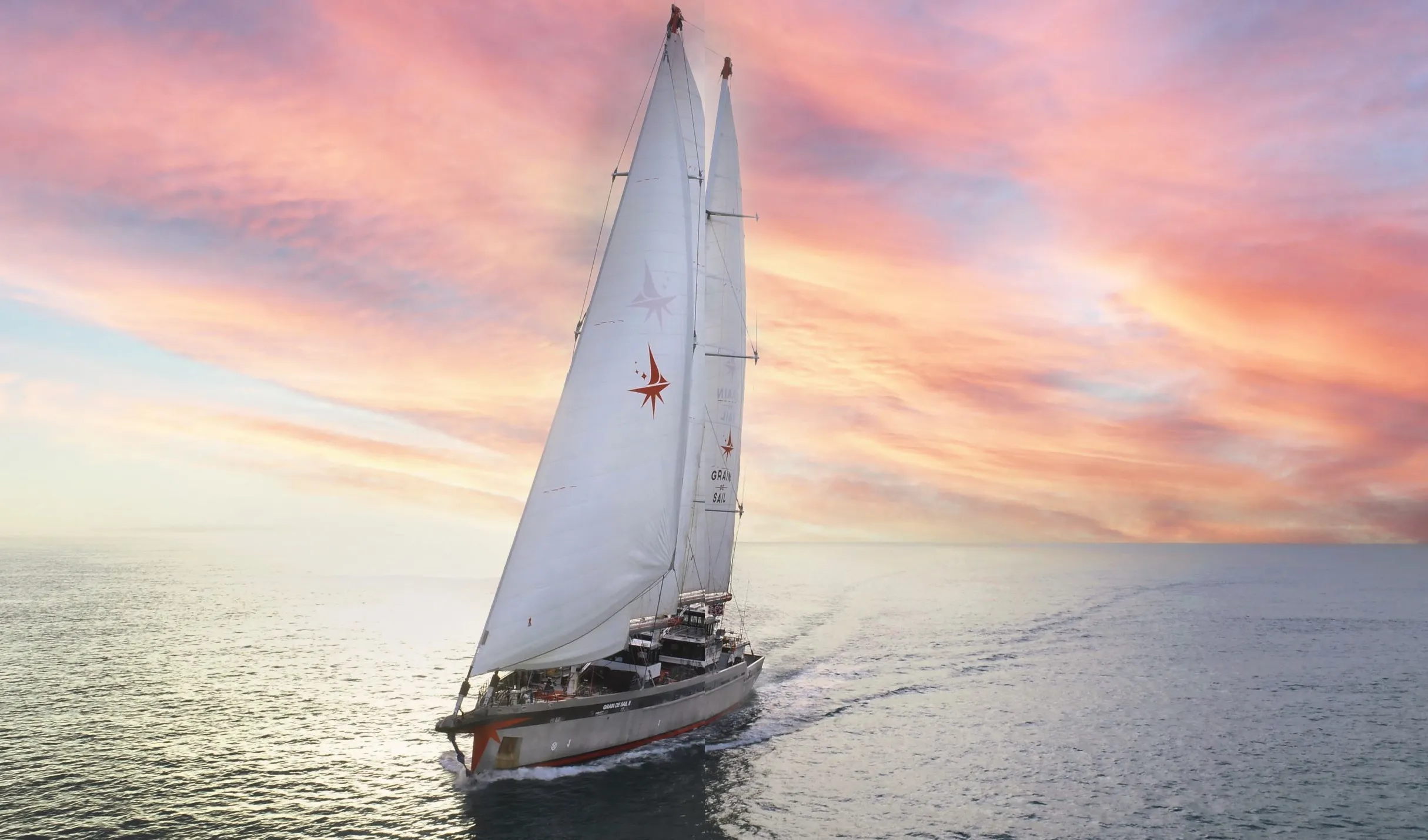
However, since the wind propulsion contribution is not directly addressed (mainly through fuel savings) and the performance of wind propulsion is not yet well defined, this could lead to a lack of recognition of the importance of wind propulsion’s contribution to emissions reduction. Without a clear approach, this could be a barrier to the adoption of wind propulsion compared with other technologies that are better addressed.
How varying is the scope of safety concerns, given the wide range of WPS designs and the types of vessels that could potentially benefit from using them?
The scope of safety concerns can vary greatly based on various factors, including the specific WPS technology; the vessel type, size and operational profile; and the crew’s experience. Indeed, the wind propulsion technologies also face a wide range of safety concerns, such as bridge visibility, air draft, deck space and stability. However, the key is that depending on these specific factors, the wide range of available solutions [enables a choice of] the best approach to mitigate the safety concerns. This underscores the need for a holistic, case-by-case approach to evaluating the safety implications, rather than a one-size-fits-all solution.
What are some of the unique safety issues raised by wind propulsion?
With the introduction of any new technology on vessels, a key concern for shipowners and operators is the safety implications of adoption. With regard to wind propulsion – a relatively nascent technology – safety concerns still hamper its adoption; for example, the lack of definition regarding stability requirements for the configuration of wind propulsion systems, the apparent visibility issues with regard to certain wind propulsion technologies creating blind spots from the bridge, and interference with radar systems creating shadow zones (which results in blind sectors), as well as the potential obstruction of navigation lights. There are also reports suggesting that some wind propulsion technologies may impact a ship’s maneuvering abilities in high winds.
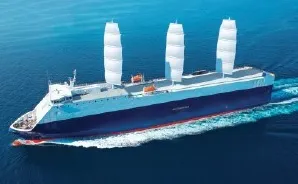
Furthermore, the IMO has yet to establish specific regulations and guidelines with regard to wind propulsion systems, which creates a level of ambiguity regarding their safe implementation on board.
Is the lack of clarity the most significant barrier to uptake of these systems at scale?
The lack of regulatory clarity represents a significant barrier to widespread adoption of wind propulsion technologies. The installation of wind propulsion systems entails substantial investment from owners and operators. Without international regulations, there remains a lack of clarity surrounding the contribution of wind propulsion technologies to reducing carbon emission on ships, which undermines the incentive for the industry to invest in wind propulsion technology.
Are some operators willing to take a chance on these systems, despite the lack of clarity on regulation regarding their implementation?
Absolutely. One example is BV’s collaboration with Louis Dreyfus Armateurs to support the installation of wind propulsion systems as part of three new-build ro-ro projects.
Mathieu Muzeau, general manager of transport and logistics at Louis Dreyfus Armateurs, says, “Wind-assisted propulsion is part of the mix of solutions already available, and was appropriate for our ro-ro ships project. When assessing the right technology, we had several challenges to address: performance, cost of ownership, system reliability, lead time, track record and performance guarantee. We shortlisted four wind-assisted propulsion systems (rotor flettner, rigid sails, suction wings, rigid wingsails) and conducted extensive performance studies to compare those four systems in our transatlantic commercial sailing routes and optimize sails benefits for each one. [These systems have] been tested in cooperation with leading classification societies such as Bureau Veritas to ensure that it is robust, durable and safe to use.”
As of July 2024, more than 105 wind propulsion systems had been installed on over 45 ships, in addition to 10 ships that were already prepared for potential installation of wind propulsion systems. In fact, a recent study suggests that over 1,600 ships will be ordered by 2030; by 2050 it is estimated that 30% of the entire global fleet will have engaged with wind propulsion technology.
What can Bureau Veritas do to help bridge this clarity gap?
By developing the rules that make safe innovation possible, Bureau Veritas has a unique function in building trust between stakeholders and supporting them to overcome the challenges of implementing wind propulsion solutions.
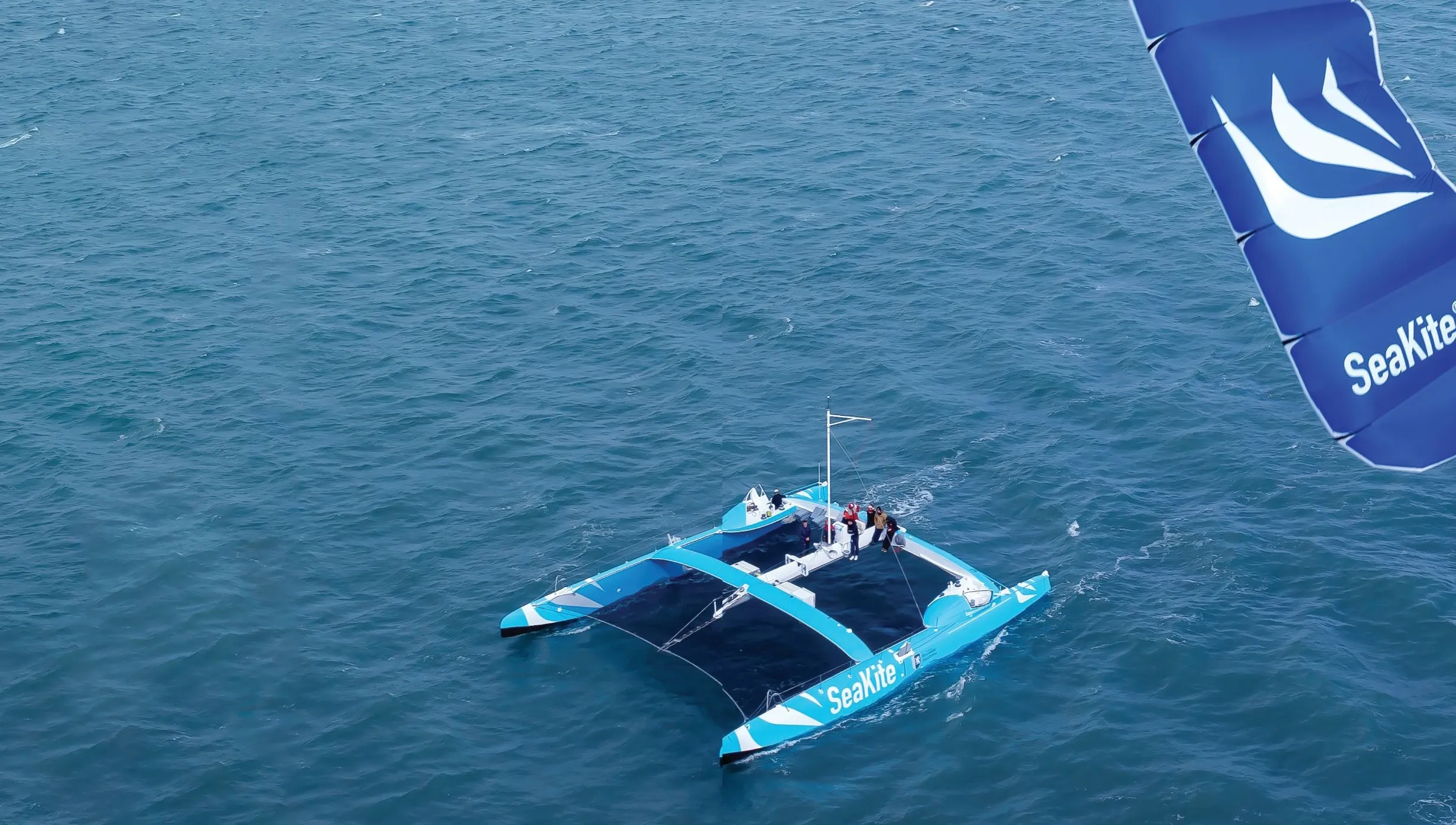
In light of the lack of regulatory clarity from international bodies, it is the role of class societies such as Bureau Veritas to provide shipowners and operators with the knowledge and assurance that these systems are suitable for use on board their vessels. Bureau Veritas has been instrumental in the development of rules for wind propulsion (NR 206 wind propulsion system) as well as classification notations Wind Propulsion-1 and Wind Propulsion-2, which ratify that the wind propulsion system in place has been tested and meets these safety standards.
To fill the regulatory void left by international bodies, BV’s notations cover the design, construction and operation of wind propulsion systems on ships, as well as the associated safety requirements. At the planning stage, BV examines and approves the structural, mechanical and electrical plans, as well as their safety and stability, in accordance with BV’s NR 467 rules for the classification of steel ships and NR 206 for wind propulsion systems.
Furthermore, BV provides a range of services during the construction phases, which cover both the assembly of the wind propulsion systems in the factories and their installation at the shipyard. Following this, BV’s experts undertake sea trial testing to ensure the installations are functioning properly. If an installation passes these processes, it will be issued a classification certificate.
With regard to new and emerging technology, BV also provides preliminary assessments for unique design projects. As part of our approval in principle (AiP) and basic design approval (BDA) processes, feasibility studies are conducted to evaluate the viability of implementing the new technologies or projects in question.
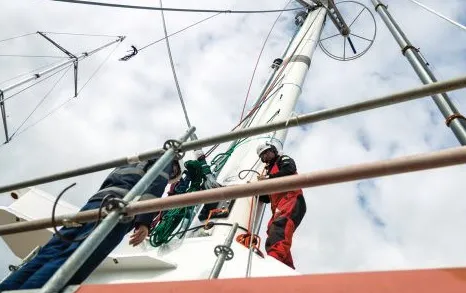
How big a barrier are the up-front costs of the technologies?
The high up-front costs do pose a significant barrier to entry for shipowners and operators to engage with wind propulsion technology. One of the primary challenges is managing these initial costs, which are both direct and indirect. The direct costs cover the system itself and its installation, while the indirect costs are generated from the need to modify the ship’s design to optimize the integration and performance of the technology on board. The systems will also require owners and operators to engage with crew training as well as ongoing maintenance of the systems.
However, once installed, wind propulsion systems have the potential to reduce operating costs by reducing fuel consumption and the need for fuel supply, which unlocks operational savings by reducing the risks and costs associated with fuel procurement, storage and distribution.
Is there scope to retrofit vessels, or will widespread implementation of WPS be held up by the wait for new vessels to be built?
As was highlighted in BV’s technical report, designing a new wind-propelled ship allows for optimized integration of wind propulsion systems and helps mitigate many of the challenges that face wind propulsion technology installation, as they can be resolved at the design stage. However, there is also scope to retrofit vessels, which may represent a faster and cheaper solution while also contributing to the decarbonization of the global fleet.
The modification required to retrofit existing vessels with wind propulsion technologies depends on the type of system that is being installed, including the size and type of the ship and the existing design and equipment of the vessel. However, most retrofits require modifications to the deck to ensure that existing equipment is relocated if required, as well as structural modifications to provide reinforcement for the added weight and forces of the wind propulsion system. Furthermore, depending on the type of wind propulsion system being installed, a vessel’s electrical and control systems may require modification to accommodate the new equipment.
An additional consideration with regard to retrofitting vessels with wind propulsion technology is that it will likely require regulatory approval and certification, which will entail testing and inspection to ensure that the modifications meet the applicable safety and environmental criteria.
This article was originally published in the January 2024 issue of Electric and Hybrid Marine Technology. To view the magazine in full, click here.
